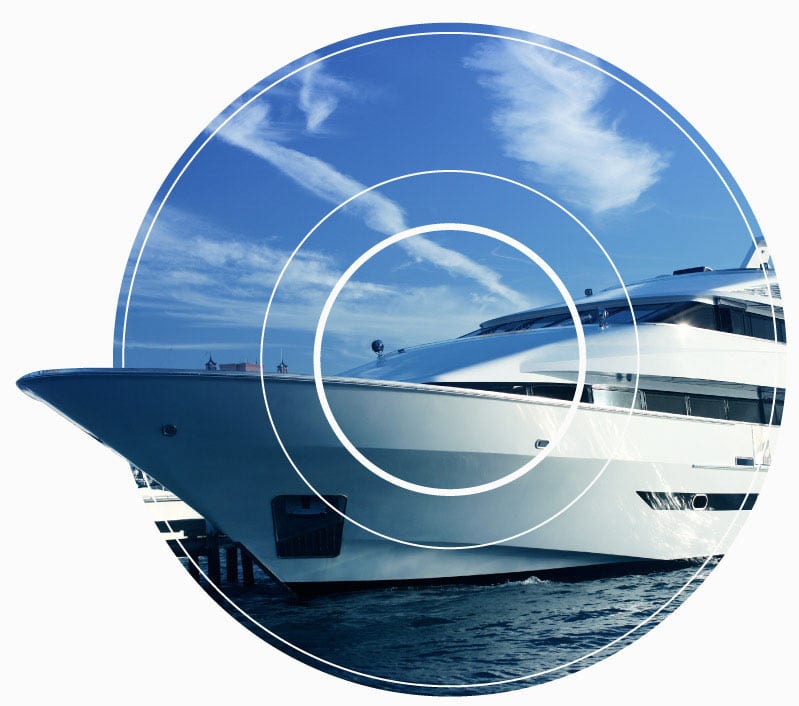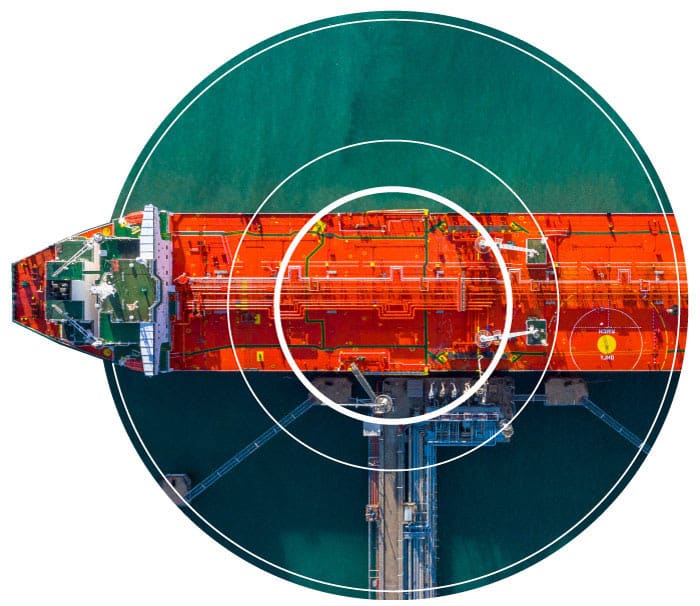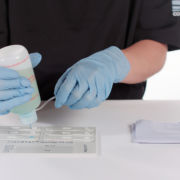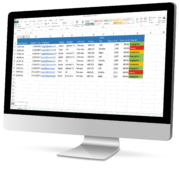Marine fuel testing for microbial contamination: a practical guide
In many of these cases, the fuel was on-specification and didn’t have dangerous levels of contamination when it was uploaded. Microbial contamination can grow quickly in short time periods – so testing your marine fuel is very important.
FUELSTAT® off-shore marine fuel test – FUELSTAT Diesel Plus (FMD8)
Test for all known microbes that are dangerous to fuel in just 15 minutes
What are the options for testing marine fuel?
Generally, an on-shore test takes several days and is conducted in a sterile laboratory by highly-trained specialists.
Alternatively, there is a method called thixotropic gel that can be done on-site but also requires the same incubation as with all CFU growth tests.
A fast test that can be carried out off-shore using specialised equipment. Extensive training is required.
A rapid modern type of on the spot test, often used when operational at sea, which can be carried out without any special equipment and without needing extensive training.
We’ll take a closer look at all three marine fuel tests after a quick note regarding on-shore testing.
Learn more about FUELSTAT®
See how FUELSTAT® can save you time and money by testing for marine fuel contamination early.





